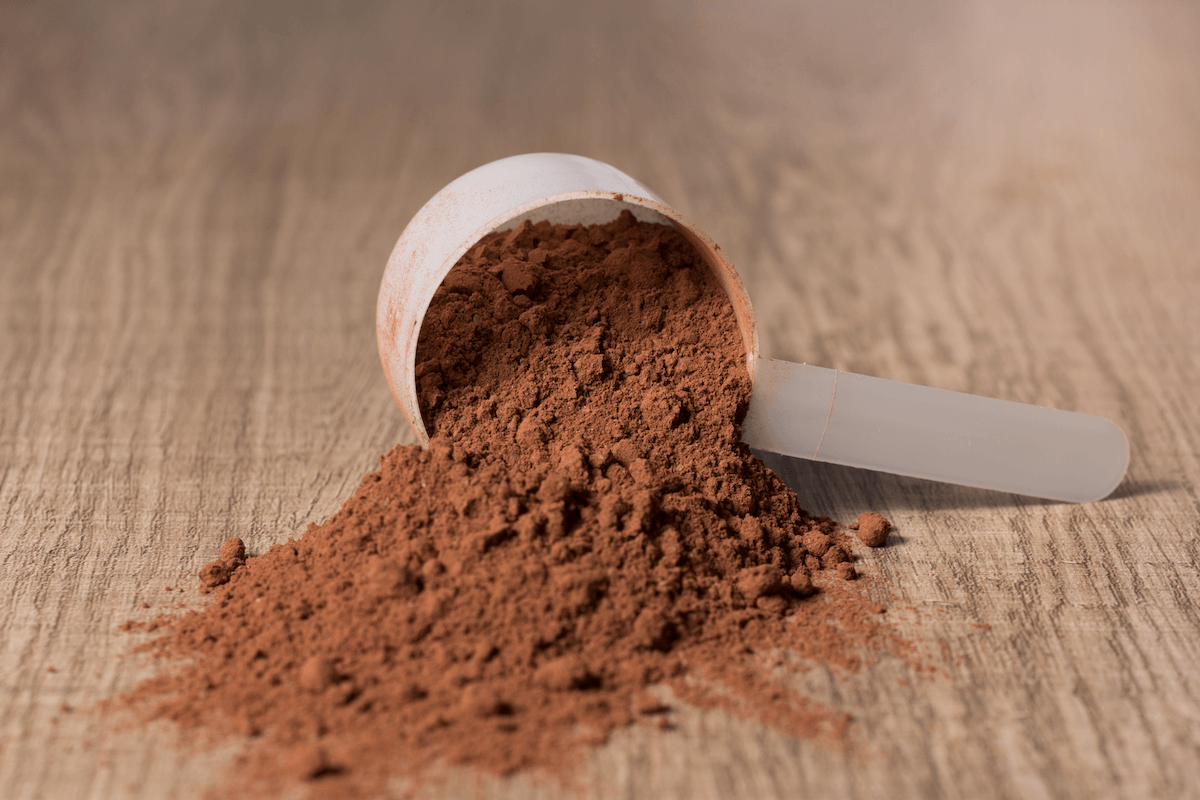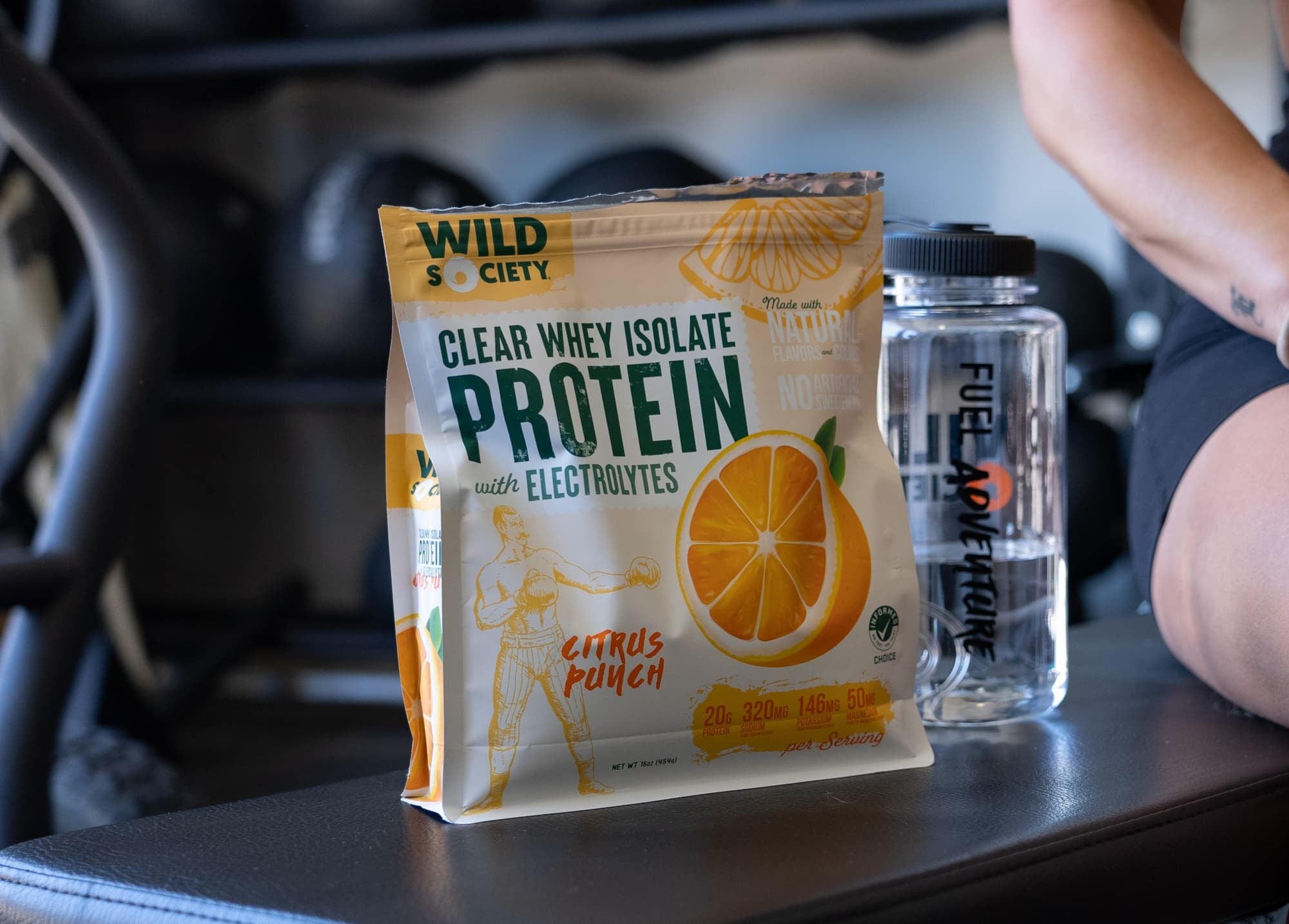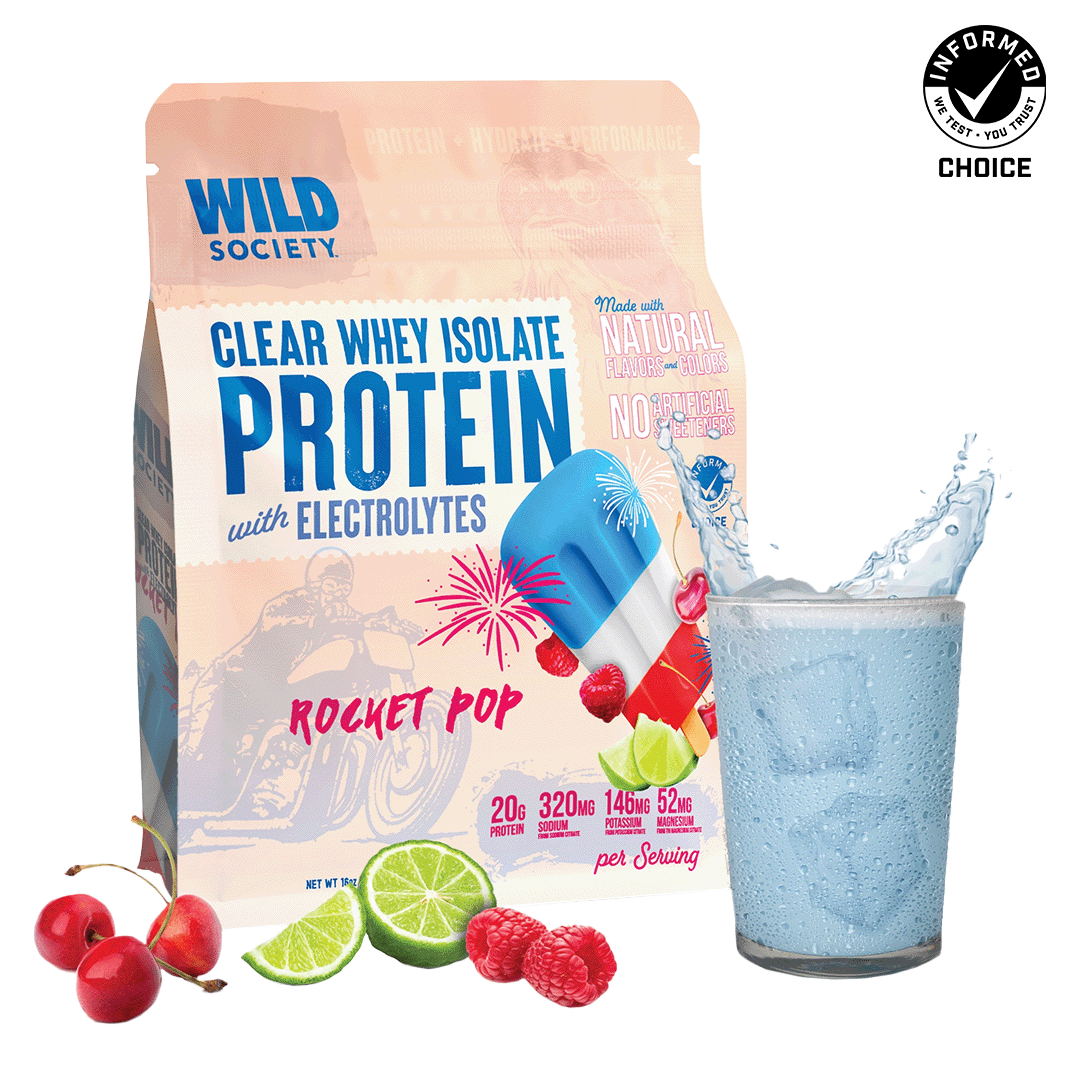How Protein Powder is Made and Why It Matters

More people are adding protein to their diet, whether to lose weight, build muscle, increase immunity, recover faster, or aid in strength gain. That’s why they’re wondering how protein powder is made, and why the process matters.

The advantages of using protein powder just keep adding up. For example, a recent study published in Cell Reports Medicine found that high protein intake can effectively support muscle growth and recovery, with amounts of up to 100 grams per serving being used by the body and not wasted (1).
What’s more, whey protein in particular can help reduce inflammation: A large review study found that whey protein doses of over 20 grams per day reduced C-reactive protein (CRP), a key marker of inflammation in the body (2).
So let’s dig a little deeper to learn how the protein powder is made, and which type will be best for your health goals.
Step 1: Sourcing Raw Ingredients
So what is protein powder made of? Depending on the type you buy, protein powder is taken from animal or plant-based sources. It’s important to pause here and note that 20 amino acids form the building blocks of human muscle. There are 9 essential and 11 non-essential amino acids.
In general, animal sources of protein contain all of the essential amino acids, while plant sources usually do not. The most common sources of protein powders include:
- Whey Protein Concentrate: So how is whey protein made? Whey is derived from pasteurised cow’s milk. Enzymes separate the curds, which are used to make cheese or casein, from the liquid whey. The liquid is then filtered to remove additional fat and carbohydrates, and finally dried to create a powder. The remaining product contains 60-80% protein and is able to be absorbed quickly and easily by the body.
- Whey Protein Isolate: Also known as clear whey, this protein powder undergoes additional filtering to remove almost all the fats, carbohydrates, and lactose, making it about 90% protein.
- Plant-based proteins: Extracted from peas, soy, hemp, brown rice, and other plant sources, these are great options for those who follow a vegan or vegetarian diet. Just keep in mind that pea, brown rice and hemp are not considered complete proteins.
- Egg protein: Sourced from dehydrated egg whites, this protein offers a lactose-free option, however egg white protein digests more slowly than whey. Whey also has a better amino acid profile, which is crucial for muscle growth.

Before any protein is extracted from any of the raw materials we’ve listed, keep in mind that the quality of these key ingredients matters.
We can’t speak for other nutrition companies, but here at Wild Society, natural, grass-fed, and non-GMO sources are our number one priority for these critical reasons:
- The nutritional value is higher
- The protein is more easily absorbed by the body
- Doesn’t junk it up with fillers or sugar
Step 2: Protein Extraction and Processing Methods
When we study how protein powder is made, the biggest mystery to consumers is often getting from quality source material to the product you pull off your store’s shelves. Different protein sources and processing methods impact nutritional quality, absorption, and digestibility. So let’s look at the science behind protein powder manufacturing.
Milk-based protein extraction:
- Separation: Milk is separated into solids called curds and a liquid called whey. Liquid whey is the basis for whey protein.
- Filtration: Liquid whey is filtered to remove additional fats and carbohydrates, leaving a purer protein behind.
- Spray Drying: This is a commonly-used method that converts the liquid whey into a fine powder. It begins by spraying the liquid through a nozzle that separates it into tiny drops that land in a drying chamber. Once in the drying chamber, those droplets are exposed to hot air and evaporate instantly, leaving behind dry protein powder (3. Spray drying, in particular, is an important part of how protein powder is made as it preserves nutrients while creating a uniform powder that blends easily into other foods and liquids.
- Cold Processing: But at Wild Society Nutrition, we take it to another more advanced level with cold processing. Cold processing or cold filtering in protein powder production involves using low temperatures during extraction and filtration. This method preserves nutrients, minimizes protein denaturation, reduces the risk of contamination, improves flavor and taste, and makes the product suitable for sensitive individuals.
Plant-based protein extraction:
There are many different extraction techniques used in the world of plant-based protein. Here we will break down two of the most commonly-used methods.
- Wet Separation: This approach uses solvents to isolate plant proteins from other plant matter. The protein then needs to be washed free of the solvent and dried. Wet separation results in protein isolates with over 90% protein content (4).
- Dry Separation: The more sustainable method, dry separation, grinds, or mills, the source material down. Airflow is then used to sort the particles according to their physical properties such as size and density. Heavier, denser particles will settle more quickly in the air stream, while lighter particles will be carried further. This method can only produce protein concentrates with over 50% protein content.
Step 3: Formulating Protein Powder for Performance and Flavor
 From here, it is all about making that concentrated protein something that easily fits into daily life. It has to taste good, and in the case of Wild Society, it has to help you perform your best.
From here, it is all about making that concentrated protein something that easily fits into daily life. It has to taste good, and in the case of Wild Society, it has to help you perform your best.
Sweeteners and Flavoring Agents
While many brands opt to add either sugar or artificial sweeteners such as sucralose and aspartame in making protein powder, we only use natural options such as stevia. Artificial ingredients can have a negative impact on digestion.
Texture Enhancers
This is something we see especially in the way clear whey protein or whey protein isolate products are made by other brands. Some manufacturers use silicon dioxide (a form of silicone) as an anti-caking agent or to improve the flowability of powdered ingredients. This generally cuts down on a bit of foam that forms during blending, but it can also potentially disrupt gut microbiota or irritate the intestinal lining. Wild Society steers clear of these types of additives.
Nutritional Fortifications
Our formulas include Clear Whey Isolate Protein and Electrolytes to enhance the body’s ability to hydrate and recover quickly. And Grass-Fed Whey Protein and Superfood Mushroom Blend, which increases metabolism and stamina and decreases inflammation, while delivering all the unique muscle-building benefits of our protein powder.
Quality Control
It’s important that any protein powder you use is tested by a third-party for purity and label accuracy. Wild Society Nutrition products are third-party tested by Informed Choice and are SQF (Safe Quality Food) certified. Other testing labels to look for include NSF Certified for Sport, and USP Verified.
How to Choose a High-Quality Protein Powder for You

Now that you know how important your protein powder ingredients are, it's time to select the best product for you and your family.
- Check the ingredient list and look for high-quality protein sources such as grass-fed whey with natural sweeteners and additional nutrients such as electrolytes to help you feel your best.
- Choose third-party-tested brands for purity and accuracy.
-
Pick the right protein type for your dietary needs.
- Whey is the most complete and bioavailable source with fast absorption
- Plant-based is great for vegans
- Egg protein is a good option for those who cannot tolerate any lactose
- Always check labels, certifications, and ingredient transparency before purchasing a protein powder. Once you know the brand you love has high-quality ingredients, it's a matter of choosing a flavor and nutrient profile to match your needs.
- Learn more by checking out:
References:
- The anabolic response to protein ingestion during recovery from exercise has no upper limit in magnitude and duration in vivo in humans
- Effect of whey supplementation on circulating C-reactive protein: a meta-analysis of randomized controlled trials
- Spray Drying Equipment Market by Type
- Plant-based protein as an alternative to animal proteins: A review of sources, extraction methods and applications
















